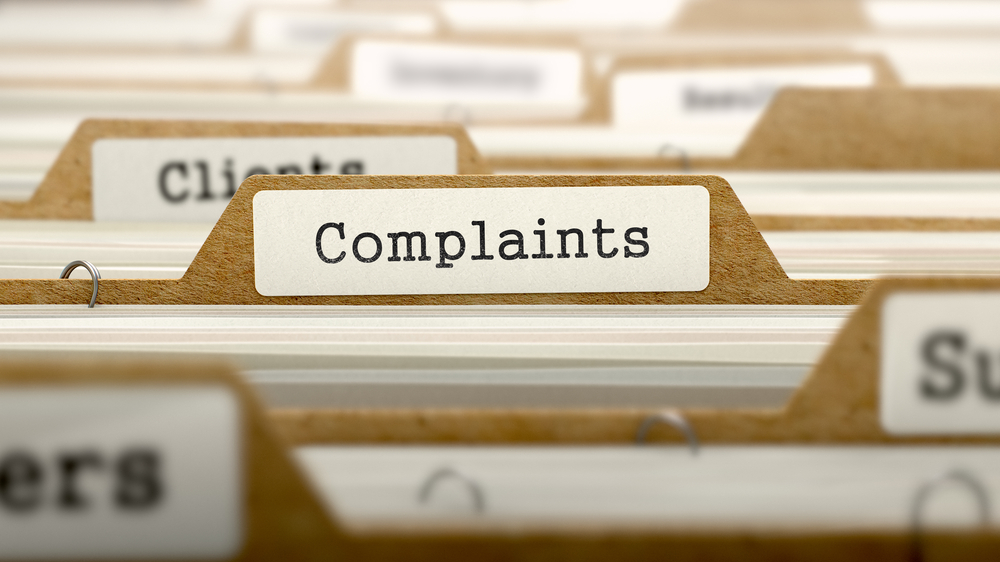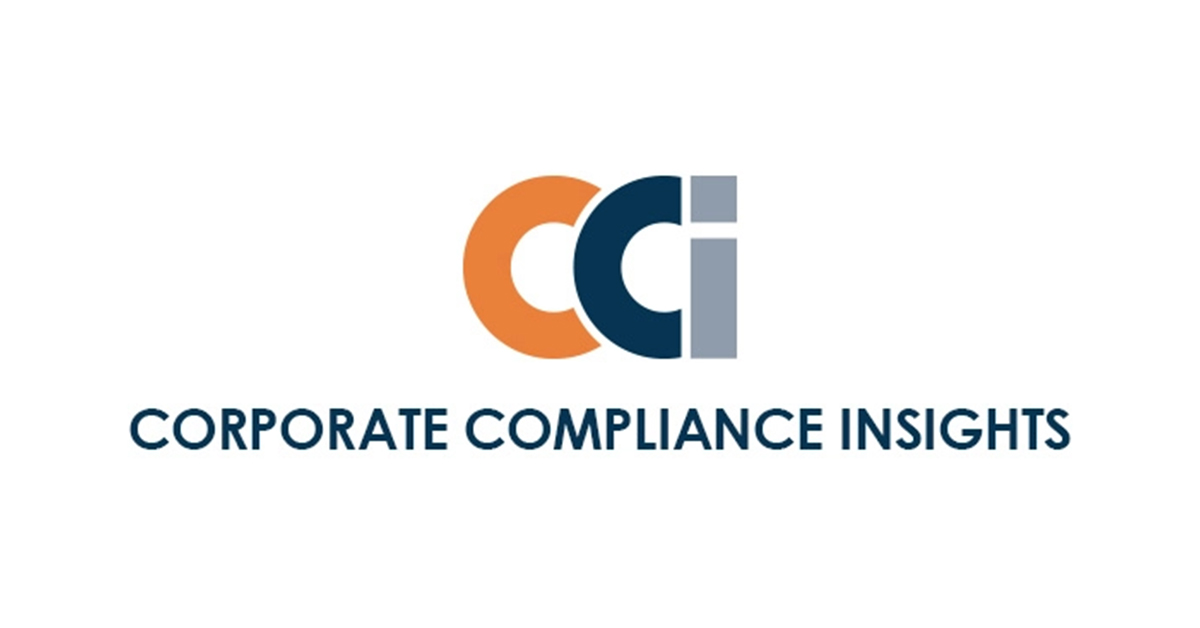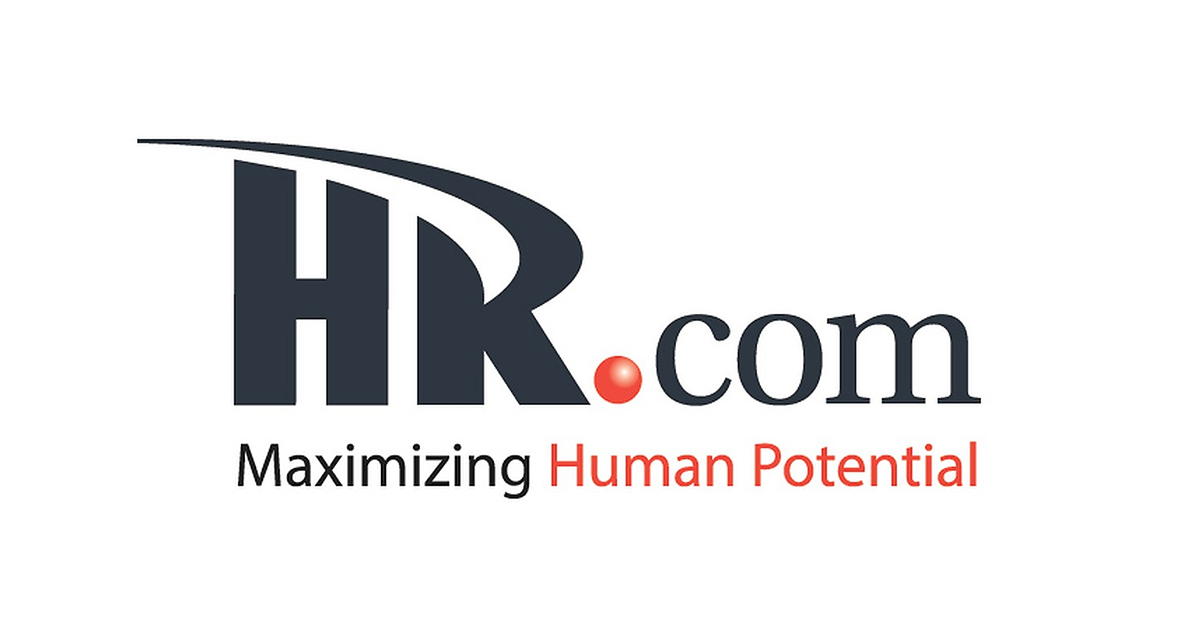Did you miss our recent webinar on How to Effectively Handle Employee Complaints: A Crash Course on Conducting HR Investigations with Natalie Ivey, President and CEO of Results Performance Consulting? Natalie, an HR and workplace investigations expert, shared her advice on managing employee complaints, including conducting best practice witness interviews, creating the right interview templates and how to document your cases properly.
Here are a few of her words of wisdom for employee relations leaders and workplace investigators.
What is the most common type of workplace investigation in 2020?
So many things have changed in 2020. What kind of investigations has Natalie been seeing in her client’s cases?
The most common investigation she sees is harassment. There has been an uptick in these investigations within the past two years, not only including sexual harassment, but also hostile work environment harassment. Natalie believes most of these cases are a direct result of miscommunication and a tone of voice issue that turn into a harassment case.

Natalie has also seen cases of discrimination, bullying, retaliation, favoritism and unfairness issues on the rise. This is consistent with what we’ve seen in our research: according to the Fourth Annual Employee Relations Benchmark Study, case volumes related to job performance, accommodation cases and policy violations increased the most in 2019.
Natalie believes that most workplace issues stem from lack of training supervisors and supervisors who don’t have the knowledge and preparation to do their jobs effectively. To reduce investigations and allegations, Natalie advises that organizations provide supervisors with proper training such as communication skills, conflict management and how-to skills. Employers need to take a look at what you are teaching your leaders.
How can organizations improve their investigations?
Natalie also shared tips on how organizations can improve their investigations processes.
Tip #1: Leverage a Centralized Investigations Model
One major improvement Natalie has seen is more organizations using centralized investigation models, a dedicated group of Human Resources Professionals whose center of expertise is to investigate allegations and run investigations around a certain issue category.
Organization and process are also critical. Natalie has seen more and more organizations use consistent steps, documentation and process as they respond to an allegation. If you don’t document the facts as they occur, you’ll be at a disadvantage as you head into litigation.
Download: The Centralization of Employee Relations: Practices and Trends
Tip #2: Invest in the Right Technology
More and more organizations are using technology to manage cases and employee relations issues: 64% of ER Teams, to be exact, according to the Fourth Annual HR Acuity Benchmark Study. That’s great news, says Natalie, who highly recommends using an HR Tech platform to manage their employee relations and investigations.
An HR Tech platform will help you stay organized, enable quick access to individual case files, provide detailed case notes, facilitate consistency and provide centralized case information. Employee relations professionals who use an employee relations technology platform feel far more confident that they have the tools to do their jobs effectively than those who do not use one, according to the HR Acuity Employee Relations Benchmark Study.
Download: Employee Relations Technology Platform- Buyer’s Checklist
Tip #3: Determine the Difference Between a Concern and a Complaint
Before opening an investigation, determine the difference between a “concern” vs. a “complaint”. Ask open-ended questions to establish who, what, why.
Another best practice to decide whether or not to investigate an allegation is to use these three words: where, when, and how this concern arose.
- Policy – e.g.: Harassment complaint
- Procedure- e.g.: Supervisor cutting corners
- Law- e.g.: FLMA abuse
If an issue or allegation involves those three words — policy, procedure or law — you should open an investigation.
Download: Know When You Need to Investigate! Infographic: Employee Relations vs. Investigations
Read our blog: How to Conduct Fair HR Investigations [6 Best Practices]
Who should be accountable?
It’s not always easy to decide who owns an employee issue. Natalie provided some tips for deciding when HR and Employee Relations need to get involved in an investigation.
Tip #4: ER Teams should focus on the high-impact complaints
As we know, the ER and HR Departments can’t handle every issue that arises within their organization. So, what should HR and ER teams own vs. what managers should own?
Natalie advises that the complaints ER needs to handle are generally those can create liability for an organization.
Examples can include allegations of harassment, discrimination, or retaliation based on race, color, sex, religion, age, and disability. Those require HR involvement and usually investigation.
Tip #5: Empower your managers
Managers should be expected to handle ongoing issues. Companies need to train their leadership to handle these concerns and be accountable to lead their teams and manage these issues.
Departmental concerns managers should own can include:
- Distribution of workloads
- Company methods and procedures
- Departmental scheduling
- Employee gossiping (Unless it’s incredibility malicious then bring it to HR’s attention)
Did you know the #1 request from Employee Relations leaders in our Fourth Annual Benchmark Study was tools to empower managers? Download your copy for free.
How should employee relations leaders prepare for an investigation?
Natalie emphasizes that preparation is key. Leading into the interview, you need to prepare and follow these best practices and steps.
Tip #6: Never conduct an investigation alone
- Never conduct an investigation alone
- Assign roles to your fellow investigators: decide who will question, who will take notes, etc.
- Prepare a checklist for consistency
- Prepare responses for any question you might be asked
- Know why you are interviewing a witness
Tip #7: Follow an Interview checklist to ensure your investigation goes smoothly
After preparation for the interview is complete, Natalie states that you need to know how to begin conducting the interview and concluding it, so all aspects of the interview go smoothly. Follow your checklist and process:
- Make introductions with everyone in the room
- Be honest about why you are interviewing the subject
- Don’t disclose any witness information to fellow subjects
- Be prepared to take detailed notes: IMPORTANT
- Develop behavioral baseline questions
- Create interview templates
Download: Top 10 Investigation Dos and Don’ts
Have questions for Natalie? She invites you reach out to her directly at natalie@hr-investigations.com. Below also a few other resources from HR Acuity related to conducting efficient investigations. If you haven’t seen the platform in action, we invite you request a personalized tour to see how you can make your employee relations investigations easier, fair and consistent.




